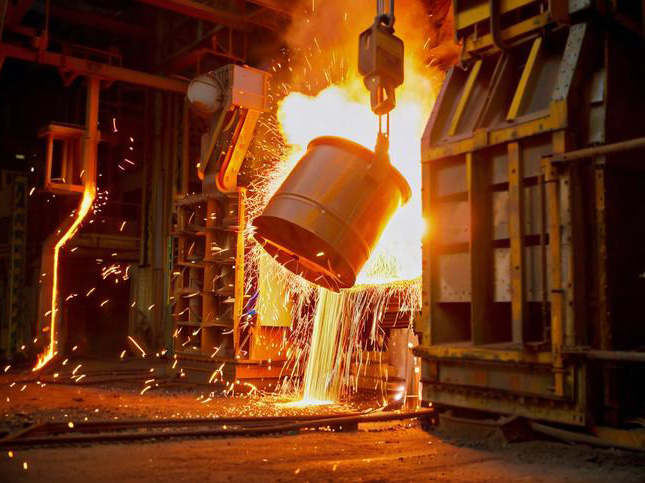Research on the Application of Vacuum Insulation Board Insulation Materials
1、 Overview of Vacuum Insulation Board1. Development OverviewVacuum insulation board is a board formed by placing a core material with good insulation performance into a gas barrier structure, vacuuming it, and then sealing it together. The research and development of VIP board began in the 1950s, and has a history of nearly 60 years. At first, powdered silica was used as the core material, and in the 1970s, open cell foam was used. After the 1990s, many large companies in Europe and America conducted research on VIP boards and achieved rich scientific research results. Nowadays, VIP boards have been widely used in refrigerators, freezers, cold storage facilities, refrigerated trucks, refrigerated containers, medical insulation boxes, wall insulation and other fields both domestically and internationally. For example, in Japan, more than 70% of household refrigerator insulation layers use VIP boards, and in Europe and America, VIP boards have been widely used in transportation insulation boxes for refrigerated vehicles and ships.2、 Research on the Application of Vacuum Insulation Board1. Thermal insulation effectIn order to accurately evaluate the thermal insulation effect of the vacuum insulation board, we specially made a set of molds to form the square box, and compared the thermal insulation performance of the vacuum insulation board and the common thermal insulation material, rigid polyurethane foam.The two boxes have exactly the same size, with an external dimension of 40cm * 40cm * 44cm, a wall thickness of 4cm for the insulation layer, and a wall thickness of 7cm for the box cover. One of them is made of pure PU foam, and the other has a VIP board with a thickness of 1cm embedded on the inner wall and then made of PU foam. During the experiment, two boxes were filled with identical cold sources. Place the box in a constant temperature and humidity testing machine, set the testing machine temperature to 40 ℃, and now set the humidity to 50%. Then measure the continuous temperature change curve inside the box as follows:(1) During the 48 hour observation period, the cooling rate of the box with VIP board was faster than that of the box with pure PU, and the lower equilibrium temperature inside the box was much lower than that of pure PU. This indicates that the use of VIP board in the experiment can greatly improve the cooling rate, reduce the waiting time for work, and achieve the same temperature preservation effect. The number of cold sources used is much less than that without VIP board.(2) The box with VIP board has a slower reheating speed than the box with pure PU, indicating that the use of VIP board can extend the cooling time.Therefore, using VIP boards to accelerate cooling speed and reduce waiting time for tasks; Reduce the temperature recovery rate and extend the cooling time; Under the premise of ensuring the same insulation effect (www.cnbaowen. net), it can greatly reduce energy consumption.Many large foreign companies are constantly developing VIP board products to improve the quality of VIP boards, while also conducting extensive in-depth application research. Dow Chemical Company has conducted the following experiments to quantitatively analyze the economic benefits of using VIP boards.2. Application processAlthough VIP boards have excellent thermal insulation performance, due to their structural characteristics and production processes, they have the following characteristics in practical applications.(1) The VIP board has a unique structure and cannot be cut and processed into various specifications and shapes during application. The product specifications and dimensions can only be determined in advance based on the application situation(2) The air barrier structure of VIP boards usually uses multi-layer polyester based films, which are prone to scratches and damage. Therefore, in practical applications, VIP boards usually require additional protective devices;(3) After the VIP board barrier film is strongly stretched, the film is prone to thinning, producing pores, or damaging the sealing edge. Therefore, VIP boards should not be bent or used on curved surfaces with too small a curvature radius;(4) The edges of VIP boards are usually not very flat, so there is a large gap when the boards are spliced together. Therefore, VIP boards are often used as panels in combination with conventional insulation materials such as rigid polyurethane foam to fill the splicing gaps and prevent heat leakage;(5) Due to limitations in production equipment, the finished area of VIP boards in China is generally within 2 square meters. When applied to large wall surfaces such as cold storage, refrigerated containers, and walls, connectors are often needed to connect them into a large flat surface;In response to the above-mentioned defects of VIP boards, corresponding protective measures must be taken in practical applications to solve them:(1) Paste the VIP board with adhesive on the inside or outside of the insulation space of the refrigerated incubator, and then pour polyurethane solution into the insulation space to foam as a whole. The foam fills each space in the insulation cavity and tightly wraps the VIP board.(2) Place the VIP board in the rectangular box mold and inject polyurethane stock solution for foaming. In this way, the polyurethane foam tightly wraps around the VIP board. After the mold is opened, a block composite board of polyurethane and VIP board is formed;Luoyang Dahang Refractory Materials Co., Ltd
 Hot line:132-1363-3888
Hot line:132-1363-3888 


